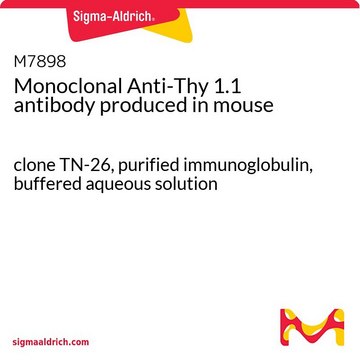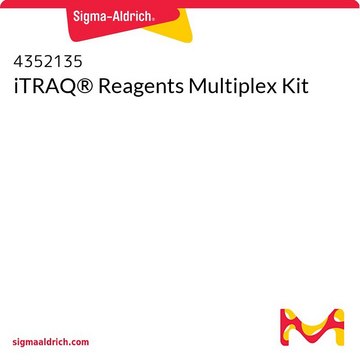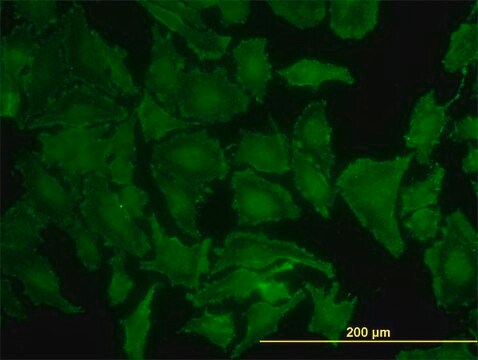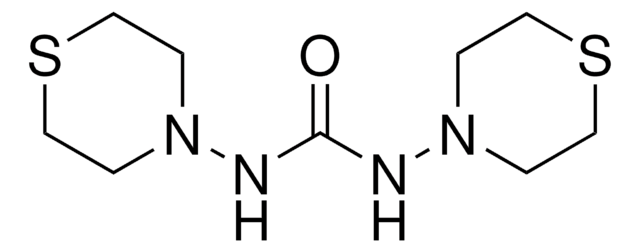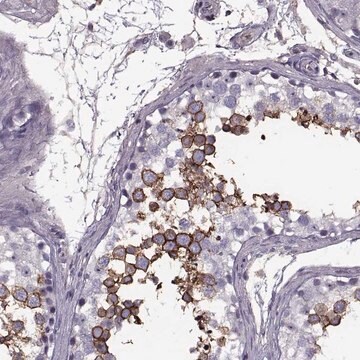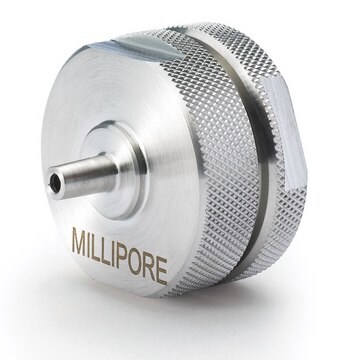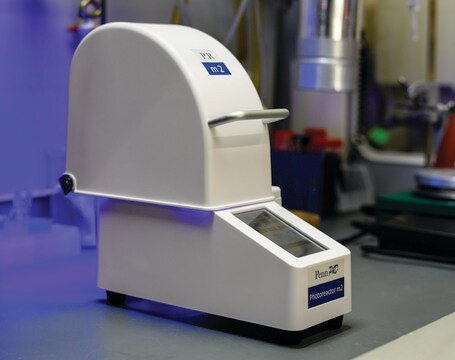MAB1406
Anti-Thy-1.1 Antibody, clone OX-7
clone OX-7, Chemicon®, from mouse
Synonim(y):
CD90.1
About This Item
Polecane produkty
pochodzenie biologiczne
mouse
Poziom jakości
forma przeciwciała
purified immunoglobulin
rodzaj przeciwciała
primary antibodies
klon
OX-7, monoclonal
reaktywność gatunkowa
rat
opakowanie
antibody small pack of 25 μg
producent / nazwa handlowa
Chemicon®
metody
flow cytometry: suitable
immunocytochemistry: suitable
immunohistochemistry: suitable
izotyp
IgG1
numer dostępu NCBI
numer dostępu UniProt
Warunki transportu
ambient
temp. przechowywania
2-8°C
docelowa modyfikacja potranslacyjna
unmodified
informacje o genach
human ... THY1(7070)
Powiązane kategorie
Specyficzność
Immunogen
Zastosowanie
Immunohistochemistry on frozen sections.
Immunocytochemistry
Optimal working dilutions must be determined by end user.
Inflammation & Immunology
Immunoglobulins & Immunology
Jakość
Postać fizyczna
Przechowywanie i stabilność
Komentarz do analizy
Thymocytes, T-lymphocytes
Inne uwagi
Informacje prawne
Oświadczenie o zrzeczeniu się odpowiedzialności
Nie możesz znaleźć właściwego produktu?
Wypróbuj nasz Narzędzie selektora produktów.
Kod klasy składowania
10 - Combustible liquids
Klasa zagrożenia wodnego (WGK)
WGK 2
Temperatura zapłonu (°F)
Not applicable
Temperatura zapłonu (°C)
Not applicable
Certyfikaty analizy (CoA)
Poszukaj Certyfikaty analizy (CoA), wpisując numer partii/serii produktów. Numery serii i partii można znaleźć na etykiecie produktu po słowach „seria” lub „partia”.
Masz już ten produkt?
Dokumenty związane z niedawno zakupionymi produktami zostały zamieszczone w Bibliotece dokumentów.
Nasz zespół naukowców ma doświadczenie we wszystkich obszarach badań, w tym w naukach przyrodniczych, materiałoznawstwie, syntezie chemicznej, chromatografii, analityce i wielu innych dziedzinach.
Skontaktuj się z zespołem ds. pomocy technicznej

